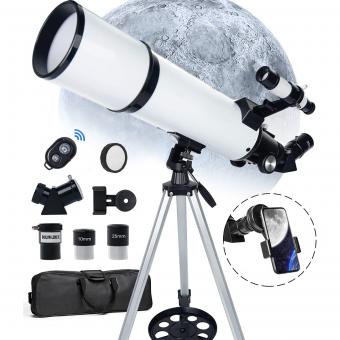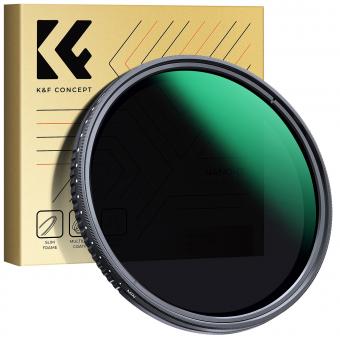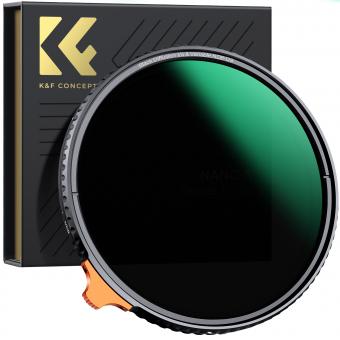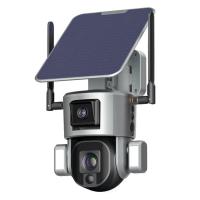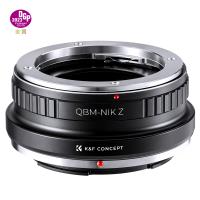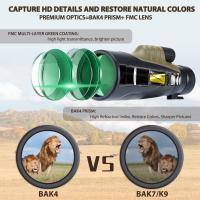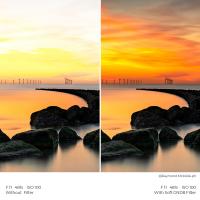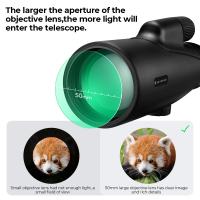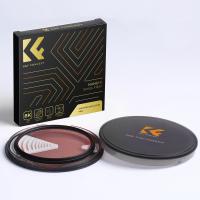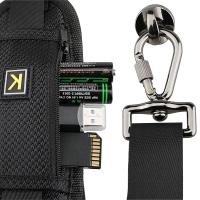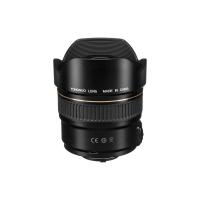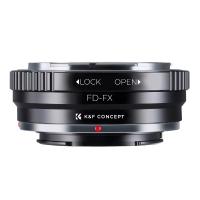What Telescope To See Saturn ?
Saturn can be observed with a variety of telescopes, but the best ones for viewing its rings and moons are those with a larger aperture. Telescopes with an aperture of at least 6 inches (150 mm) are recommended for observing Saturn. Refracting telescopes are also a good choice for observing Saturn, as they provide a clear and sharp image. Some popular telescopes for observing Saturn include the Celestron NexStar 6SE, the Orion SkyQuest XT8, and the Meade LX90. It is also important to choose a telescope with a good quality eyepiece, as this can greatly enhance the viewing experience.
1、 Aperture size and magnification requirements for viewing Saturn
What telescope to see Saturn? The answer to this question depends on the level of detail and clarity you want to see when observing Saturn. However, a telescope with an aperture size of at least 3 inches (76mm) is recommended to view Saturn. This will allow you to see the planet's rings and some of its larger moons. A telescope with a larger aperture size, such as 6 inches (152mm) or more, will provide even better views of Saturn's features, including its cloud bands and the Cassini Division in its rings.
In terms of magnification, a good rule of thumb is to use a magnification of around 50x per inch of aperture. So, for a 3-inch telescope, a magnification of around 150x would be appropriate. However, it's important to note that using too high of a magnification can result in a blurry image, so it's best to experiment with different magnifications to find the best balance between clarity and detail.
It's also worth noting that the quality of the telescope's optics and the atmospheric conditions can greatly affect the quality of the view. Therefore, it's important to invest in a high-quality telescope and to choose a clear night with good viewing conditions for the best possible view of Saturn.
In recent years, there has been an increase in the popularity of using smartphones to capture images of Saturn through a telescope. This can be a fun and rewarding way to observe the planet, but it's important to use a smartphone adapter specifically designed for telescopes to ensure the best possible image quality.

2、 Types of telescopes suitable for observing Saturn
Types of telescopes suitable for observing Saturn include refracting telescopes, reflecting telescopes, and compound telescopes. Refracting telescopes use lenses to gather and focus light, while reflecting telescopes use mirrors. Compound telescopes, also known as catadioptric telescopes, use a combination of lenses and mirrors.
When choosing a telescope to observe Saturn, it is important to consider the aperture size, which determines the amount of light the telescope can gather. A larger aperture will provide a clearer and brighter image of Saturn. Additionally, a telescope with a high magnification will allow for a closer view of Saturn's rings and moons.
In recent years, there has been a growing interest in using computerized telescopes for observing Saturn. These telescopes use advanced technology to automatically locate and track celestial objects, making it easier for amateur astronomers to observe Saturn and other planets.
It is also important to consider the location and time of observation when choosing a telescope to observe Saturn. Saturn is best observed when it is at its highest point in the sky, which varies depending on the time of year and the observer's location.
Overall, the best telescope to see Saturn will depend on the individual's needs and preferences. However, a telescope with a large aperture and high magnification, as well as advanced technology such as computerized tracking, will provide the best viewing experience.
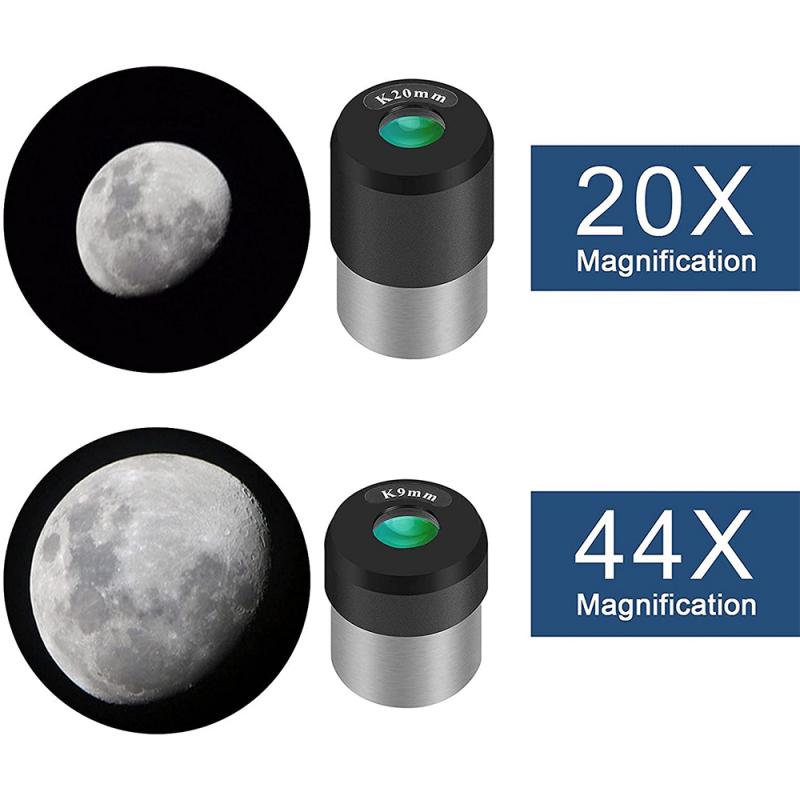
3、 Best time of year and location for observing Saturn
What telescope to see Saturn?
To see Saturn, you will need a telescope with a minimum aperture of 2.4 inches (60mm). A telescope with a larger aperture will provide a clearer and more detailed view of the planet and its rings. A good option for beginners is a Dobsonian telescope, which is easy to use and provides a good view of Saturn.
Best time of year and location for observing Saturn
The best time to observe Saturn is during its opposition, which occurs when the planet is directly opposite the Sun in the sky. This usually happens once a year and is the best time to observe Saturn because it is closest to Earth and appears brighter and larger in the sky.
The best location for observing Saturn is a dark and clear sky away from city lights. Observing from a high altitude location can also improve the view of the planet. It is important to check the weather forecast before observing Saturn to ensure clear skies.
In 2021, Saturn's opposition will occur on August 2nd. However, Saturn can still be observed throughout the year, but it may appear smaller and less bright. It is also important to note that Saturn's rings are tilted at different angles throughout the year, which can affect the view of the planet.

4、 Accessories to enhance Saturn viewing experience
"What telescope to see Saturn?" is a common question among astronomy enthusiasts. Saturn is one of the most beautiful planets in our solar system, and observing it through a telescope can be a breathtaking experience. To see Saturn, you will need a telescope with a minimum aperture of 70mm. A good beginner telescope for observing Saturn is the Celestron PowerSeeker 127EQ, which has a 127mm aperture and comes with a sturdy equatorial mount.
However, simply having a telescope is not enough to fully appreciate the beauty of Saturn. There are several accessories that can enhance your viewing experience. One of the most important accessories is a high-quality eyepiece. A good eyepiece can provide a clear and sharp image of Saturn, allowing you to see its rings and moons in detail. The Celestron X-Cel LX series and the Tele Vue Delos series are both excellent choices for eyepieces.
Another accessory that can enhance your Saturn viewing experience is a Barlow lens. A Barlow lens can increase the magnification of your telescope, allowing you to see Saturn in even greater detail. The Celestron Omni 2X Barlow lens is a popular choice among amateur astronomers.
Finally, a good filter can also improve your Saturn viewing experience. A color filter can enhance the contrast of Saturn's features, while a polarizing filter can reduce glare and improve the clarity of the image. The Celestron 1.25" Moon and Skyglow filter and the Orion Polarizing filter are both great options for Saturn observation.
In conclusion, while having a telescope is essential for observing Saturn, accessories such as eyepieces, Barlow lenses, and filters can greatly enhance your viewing experience. With the right equipment, you can fully appreciate the beauty of Saturn and its magnificent rings.







